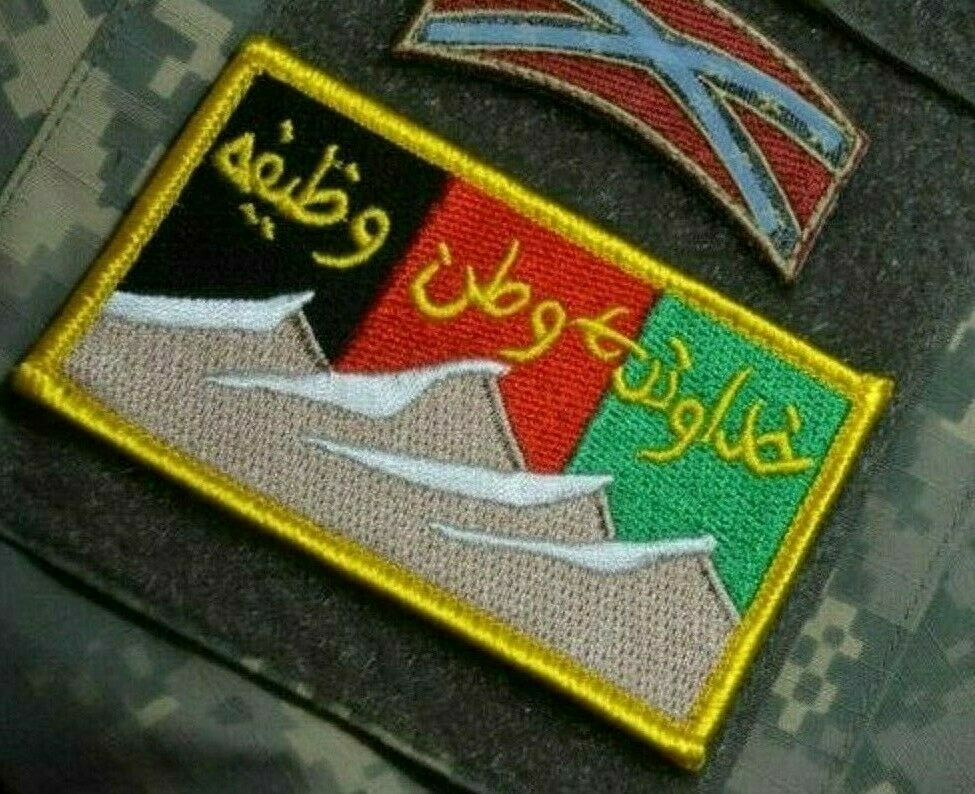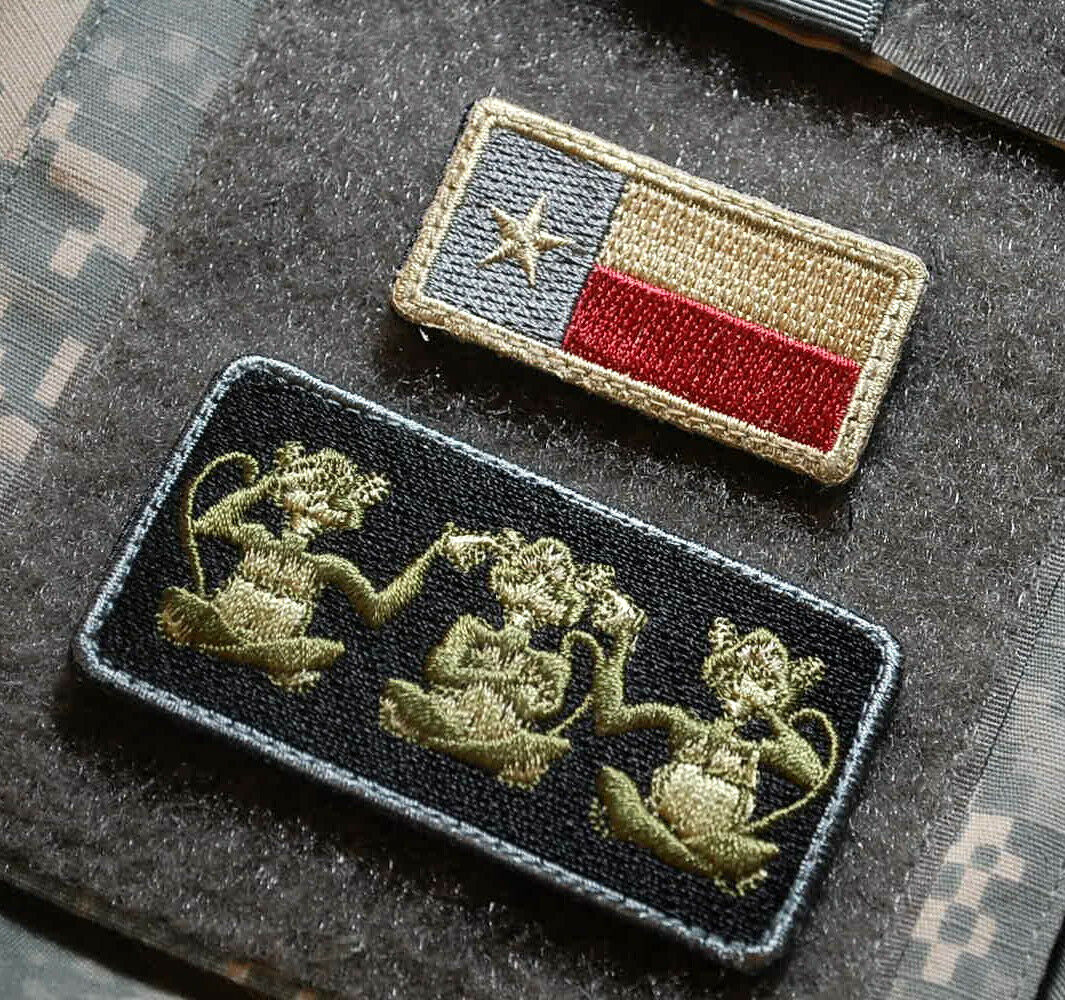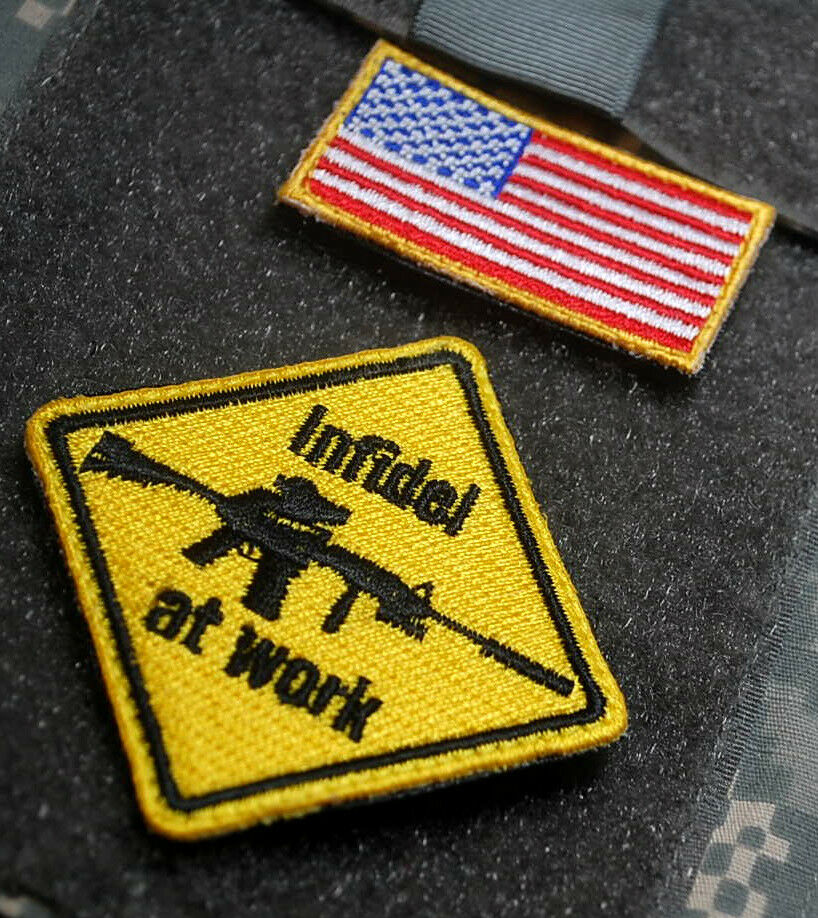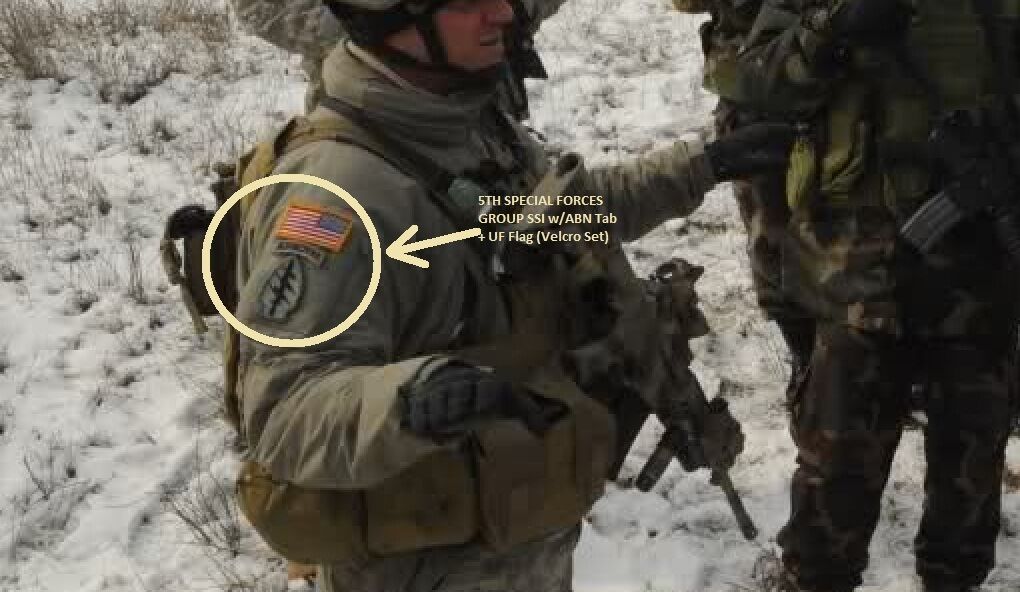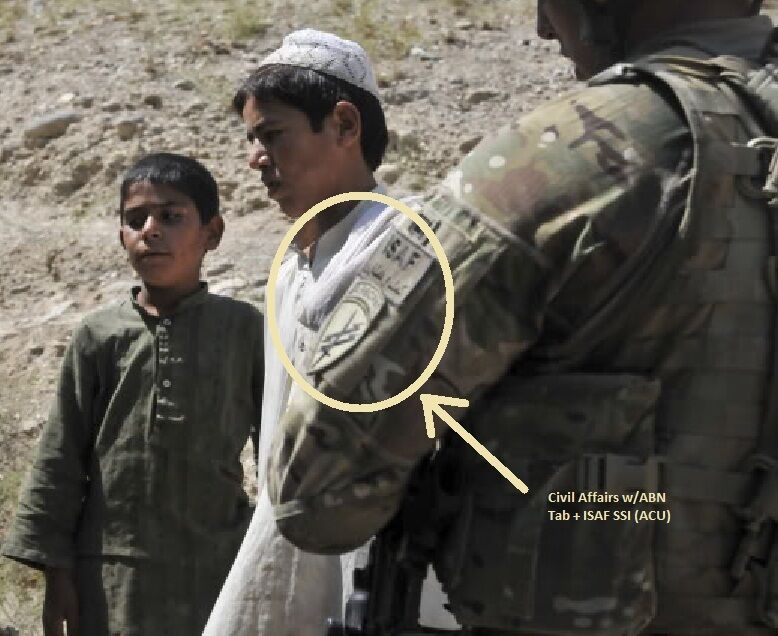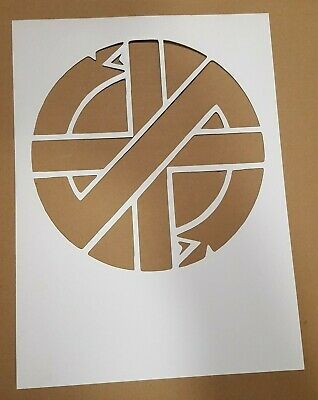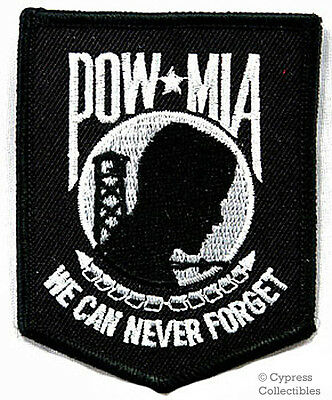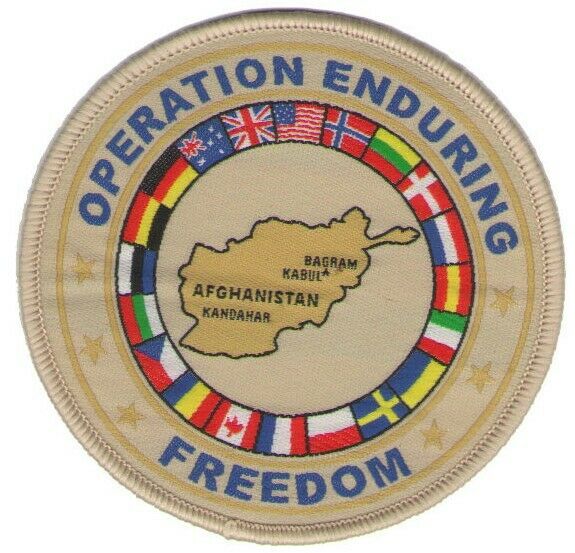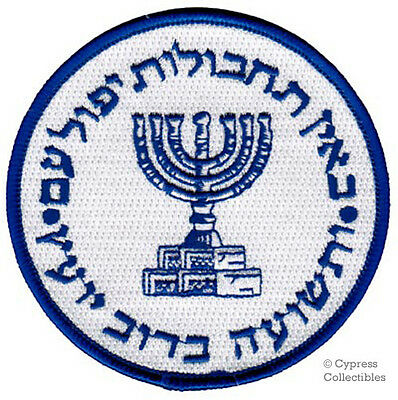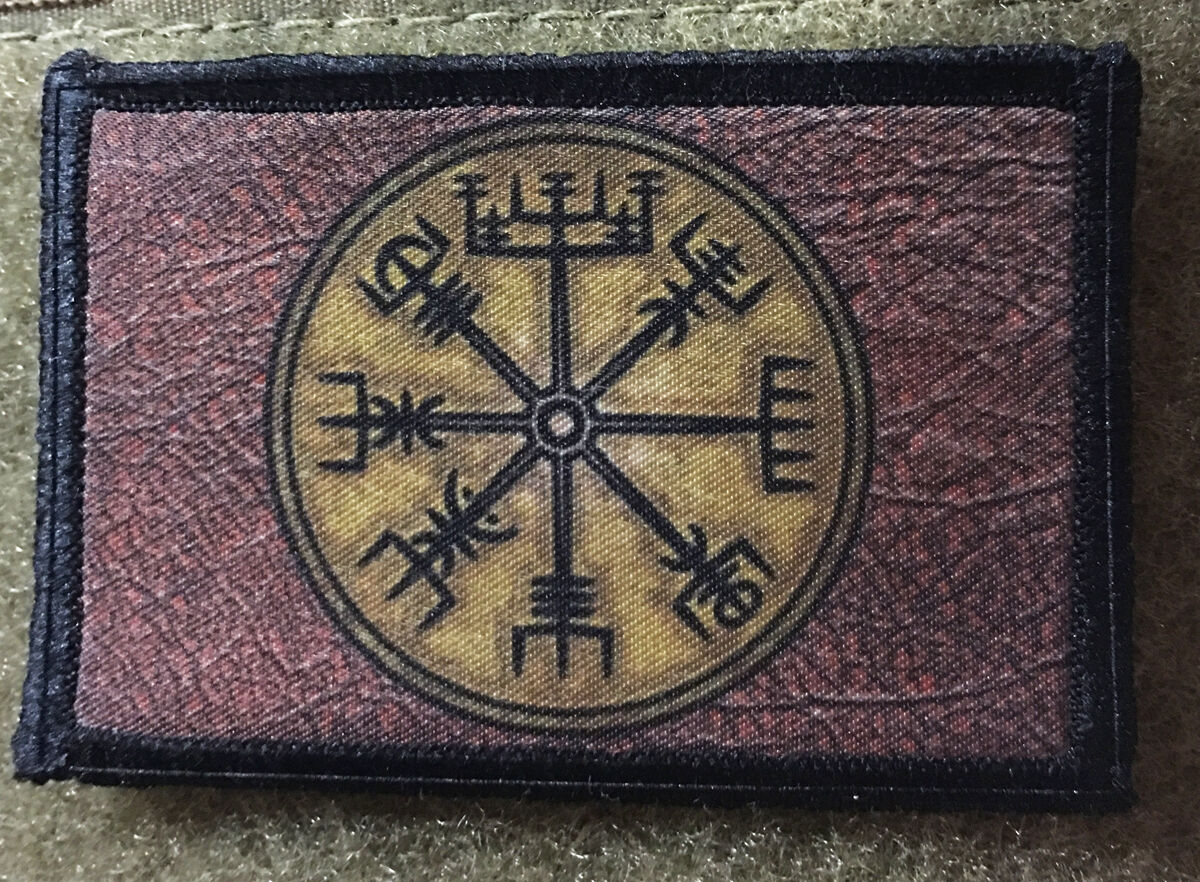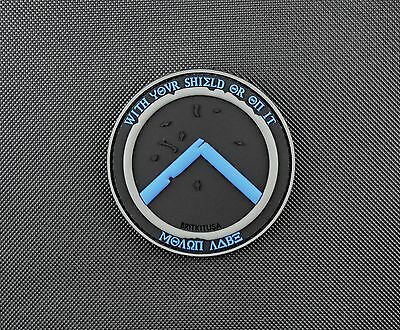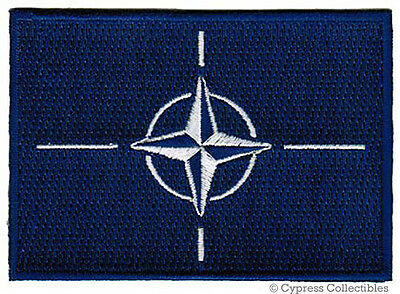-40%
AFGHAN ARMY ANASF God/Country/Duty Kunar Nuristan MOUNTAIN WARFARE vêlkrö ENSIGN
$ 7.91
- Description
- Size Guide
Description
AFGHAN ARMY ANASF God/Country/Duty Kunar Nuristan MOUNTAIN WARFARE vêlkrö PATCHThis is an Original
KILLER ELITE AFG SEAL SPECIAL WARFARE OPERATOR velkrō PATCH:KANDAHAR WHACKER© AFGHAN NATIONAL ARMY ANASF SPECIAL OPS TASK FORCE AFGHAN ARMY ANASF God/Country/Duty Kunar Nuristan MOUNTAIN WARFARE vêlkrö PATCH.
You will receive the item as shown in the first photo. Please note that there are color variations due to settings on different PCs/Monitors. The color shown on your screen may not be the true color. Personal check payment is welcomed.
The International Security Assistance Force (
ISAF
) was a NATO-led security mission in Afghanistan, established by the United Nations Security Council in December 2001 by Resolution 1386, as envisaged by the Bonn Agreement. Its main purpose was to train the Afghan National Security Forces (ANSF) and assist Afghanistan in rebuilding key government institutions, but was also engaged in the 2001–present warwith the Taliban insurgency. ISAF was initially charged with securing Kabul and the surrounding areas from the Taliban, al Qaeda and factional warlords, to allow for the establishment of the Afghan Transitional Administration headed by Hamid Karzai.In October 2003, the UN Security Council authorized the expansion of the ISAF mission throughout Afghanistan, and ISAF subsequently expanded the mission in four main stages over the whole of the country.[6] From 2006 to 2011, ISAF had become increasingly involved in more intensive combat operations in southern and eastern Afghanistan. Troop contributors included the United States, United Kingdom, other NATO member states and a number of other countries. The intensity of the combat faced by contributing nations varied greatly, with the United States sustaining the most total casualties, but with other contributors, especially the United Kingdom, Canada, and Denmark, sustaining more casualties relative to their population size. In early 2010, there were at least 700 military bases inside Afghanistan. About 400 of these were used by American‑led NATO forces and 300 by ANSF. ISAF ceased combat operations and was disbanded in December 2014, with some troops remaining behind in an advisory role as part of ISAF's successor organization, the Resolute Support Mission. Throughout history but especially since 1979, many mountain warfare operations have taken place throughout Afghanistan. Since the coalition invasion of Afghanistan in 2001 these have been primarily in the eastern provinces of Kunar and Nuristan. Kunar and eastern Nuristan are strategic terrain. The area constitutes a major infiltration route into Afghanistan, and insurgents can enter these provinces from any number of places along the Pakistani border to gain access to a vast network of river valleys. In this part of Afghanistan (Regional Command East), the US military has adopted a hybrid style of mountain warfare incorporating counterinsurgency (COIN) theory in which the population is paramount as the center of gravity in the fight. In counterinsurgency, seizing and holding territory is less important than avoiding civilian casualties. The primary goal of counterinsurgency is to secure the backing of the populace and thereby to legitimize the government rather than focus on militarily defeating the insurgents. Counterinsurgency doctrine has proved difficult to implement in Kunar and Nuristan. In the sparsely-populated mountain regions of Eastern Afghanistan, strategists have argued for holding the high ground—a tenet of classical mountain warfare. The argument suggests that if the counterinsurgent does not deny the enemy the high ground, the insurgents will be able to attack at will. In the Kunar and Nuristan regions, US forces continue to pursue a hybrid style of counterinsurgency warfare, with its focus on winning hearts and minds, and mountain warfare, whereby the US forces seize and hold the high ground.
Kunar (Dari: کنر, Pashto: کونړ) is one of the 34 provinces of Afghanistan, located in the northeastern part of the country. Its capital is Asadabad. It has a population of about 648,800.[1] It is one of the four "N2KL" provinces (Nangarhar Province, Nuristan Province, Kunar Province and Laghman Province). N2KL is the designation used by the US and Coalition Forces in Afghanistan for the rugged and very violent region along the Durand Line border opposite Pakistan's Federally Administered Tribal Areas and Khyber Pakhtunkhwa. Kunar is the center of the N2KL region. Kunar is the birthplace of Sayyed Jamaluddin Afghani (al-Afghani), an influential Muslim scholar and philosopher..
The Afghan National Army Special Forces (
ANASF
) falls under the command of theAfghan National Army Special Operations Command (ANASOC) which is part of the Ministry of Defense (MoD). Plans for the development of the ANA Special Forces were first formulated in 2009. The beginnings of the ANASF took place in 2010 with the first element finishing their training in May 2010.
CJSOTF-A. The Combined Joint Special Operations Task Force - Afghanistan was been the primary trainer of the Afghan National Army Special Forces. At first, the CJSOTF-A was training the Afghan Army Commandos; but later decided to develop an Afghan Special Forces unit as well. The CJSOTF-A has since been replaced with a SOTF due to the drawdown of U.S. forces from Afghanistan. During the Commando training the Soldiers learn advanced combat marksmanship, small unit tactics, demolitions, direct action, cordon and search, search and attack missions, ambush, and leadership skills.
Organization and Size of the ANASF. The original intent was to form and train an Afghan Special Forces Group. It was planned to be about 72 Special Forces teams with about fifteen members on each team. Of course there would be additional members who would serve in command, staff, and support roles. As of December 2011 there were over 1,000 ANASF Soldiers. Later these ANASF units were merged into the nine Command kandaks (battalions) and the Commando battalions were renamed Special Operations Kandaks or SOKs. Two Special Operations Brigades were then formed for command and contol of the kandaks.
They will make a great addition to your SSI Shoulder Sleeve Insignia collection.
**IF YOU NEED ITEM OTHER THAN THE ONE IN THE 1ST PHOTO, PLEASE ASK VIA E-MAIL**
You find only US Made items here,
Your original SSI shades of color may vary from different US-Made batch/location and/or PC settings. Our all US-Made Insignia patches here are NIR with LIFETIME warranty.
**
eBay REQUIRES ORDER BE SENT WITH
TRACKING
, PLEASE SELECT
USPS 1ST CLASS SERVICE w/TRACKING
**
ALL US-MADE PATCHES HAVE LIFE TIME WARRANTY
**
eBay REQUIRES ORDER BE SENT WITH
TRACKING
, PLEASE SELECT
USPS 1ST CLASS SERVICE w/TRACKING
**
We'll cover your purchase price plus shipping.
FREE 30-day No-Question return
ALL US-MADE PATCHES HAVE LIFETIME WARRANTY
We do not compete price with cheap import copies.
Watch out for cheap import copies with cut-throat price;
We beat cheap copies with Original design, US-Made Quality and customer services.
Once a customer, a LIFETIME of services
